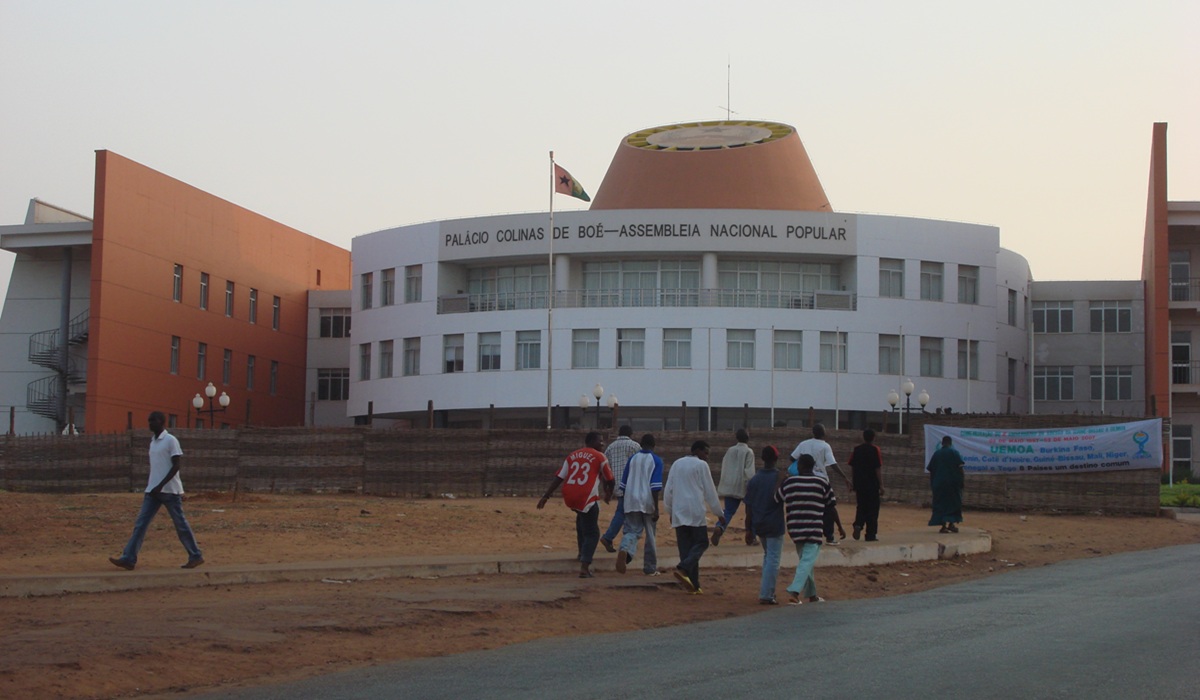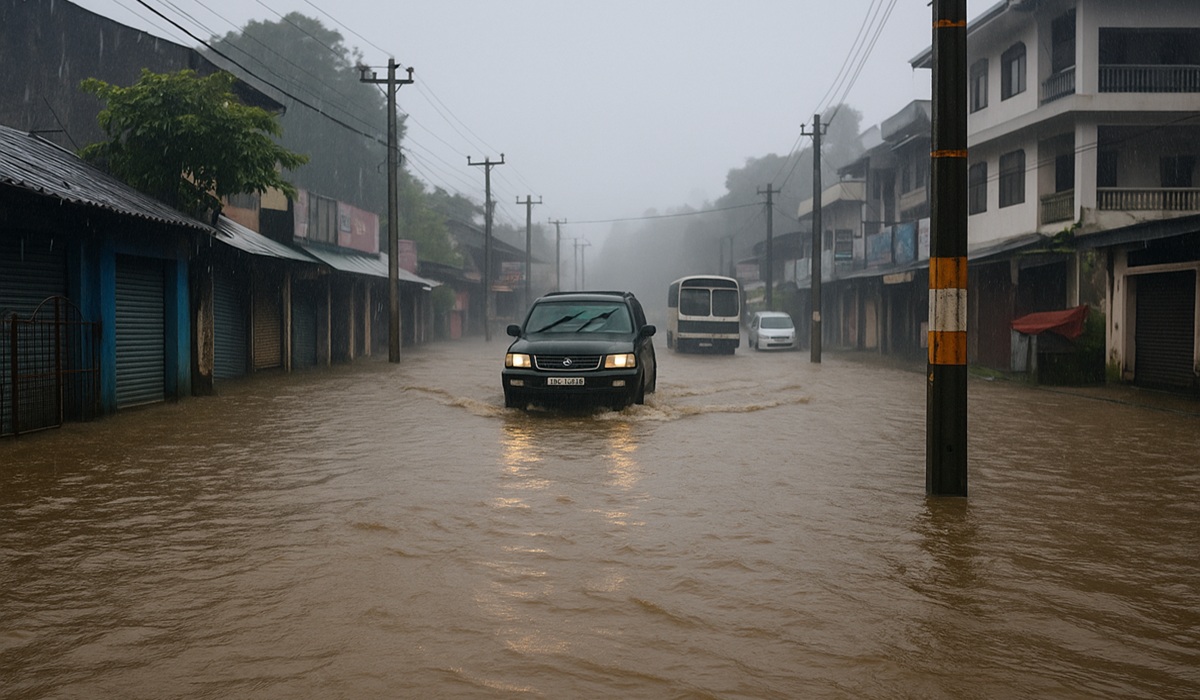The Great Purge to the North: U.S. Doctors and Nurses Find Refuge in Canada’s Healthcare System
- TDS News
- Breaking News
- October 23, 2025

By: Donovan Martin Sr, Editor in Chief
The second Trump administration has sparked a wave of migration that few anticipated but one that Canada has been quick to embrace. The phenomenon has been dubbed by some as “The Great Purge to the North.” What began as a subtle trickle of American medical professionals looking for stability beyond U.S. borders has rapidly evolved into a full-scale movement. This shift is transforming both nations’ healthcare landscapes, creating a new reality where Canada, long plagued by severe shortages of doctors and nurses, is now reaping the benefits of political and institutional chaos to the south.
In the United States, the administration’s sweeping cuts across federal health departments, ideological purges, and the dismantling of programs built on science and diversity have produced an atmosphere of unease among healthcare professionals. The Centers for Disease Control and Prevention, the Food and Drug Administration, and Health and Human Services have all seen restructuring and terminations that have stripped institutional memory and public trust. The message has been unmistakable: loyalty outweighs expertise. For scientists, public health specialists, nurses, and physicians who built their careers on evidence-based care and ethical medical practice, the new order feels like an affront to everything their profession represents.
What has followed is not just a political backlash but a professional migration. Doctors and nurses who once worked in well-resourced American hospitals are seeking refuge in Canadian provinces desperate for their skills. Many cite exhaustion from ideological interference in medicine—the politicization of vaccines, the rollback of diversity and inclusion initiatives, and the ever-looming presence of immigration enforcement in hospitals and clinics. Some were outspoken on issues such as war, human rights, or equity, only to see their visas questioned or their contracts not renewed. For many, the choice became simple: stay and watch their profession hollow out under pressure, or cross the border to a country that still values them.
In Canada, this sudden influx could not have come at a more critical time. The healthcare system has been on life support for years, choked by staff shortages, long wait times, and an aging population. More than six million Canadians lack a family physician, and wait times for specialists can stretch beyond a year. In some provinces, emergency rooms have been forced to shut down intermittently because there simply aren’t enough nurses to keep them open. The demand for healthcare workers has outpaced supply by thousands, leaving provincial governments scrambling to fill the gaps.
Now, the timing is serendipitous. American medical professionals, many with years of experience, are arriving with credentials that closely align with Canadian standards. The transfer of licenses between the two countries, once a complex maze of paperwork and assessments, has been streamlined in several provinces. Regulators are now expediting approvals for U.S.-trained doctors and nurses, sometimes granting temporary licenses within weeks. The federal government and provincial ministries have even introduced financial incentives and relocation grants to make the move north more attractive. For those weary of American politics, the prospect of a calmer, publicly funded healthcare system is appealing not only professionally but personally.
Canadian recruiters, both private and governmental, have seized the opportunity. Job fairs in border states like Michigan, New York, and Washington are now attended by representatives from Canadian health authorities offering competitive pay, relocation packages, and promises of a better work-life balance. Advertisements on American medical job boards read like an invitation to freedom: “Come work where medicine is about care, not politics.” Behind the slogans lies a clear strategy—to fill Canada’s chronic staffing void by capitalizing on America’s self-inflicted talent loss.
For the professionals making the leap, the difference is more than financial. Many describe a profound sense of relief. Gone are the ideological litmus tests. Vaccine mandates and public health measures are debated on science rather than political loyalty. Diversity is embraced rather than erased. And for those from minority backgrounds, Canada’s policies of inclusion and its reputation for tolerance offer a reprieve from the rising hostility they felt in their workplaces back home. What was once seen as a lateral move professionally now feels like a moral one.
This migration is also reshaping Canada’s healthcare infrastructure. Hospitals once struggling to staff basic shifts are now seeing experienced personnel filling vacancies that had lingered for years. Training institutions are collaborating with provincial regulators to fast-track credential recognition, and hospitals in rural areas—long the hardest hit—are reporting the first influx of new doctors in decades. This surge of talent is helping stabilize systems that were teetering on collapse. It is also improving morale within Canada’s overworked health sector, where domestic staff had been stretched beyond endurance during and after the pandemic.
But this is not without its complexities. The influx of American healthcare professionals, while immediately beneficial, raises longer-term questions about Canada’s dependency on foreign labor. For years, Canada has relied heavily on international recruitment to offset its inability to train enough doctors and nurses domestically. Now, with a surge of U.S. professionals entering the system, policymakers are confronted with a new challenge—how to integrate them while still nurturing homegrown talent. There are fears that too much reliance on external recruitment could mask deeper structural problems such as funding shortages, outdated hospital infrastructure, and an overburdened primary care network.
Still, few in Ottawa or in the provinces are complaining. For now, the advantages are overwhelming. These arrivals are injecting new energy into hospitals, easing backlogs, and offering immediate relief to communities that had all but given up on timely care. It is an unexpected win for a country that has struggled to keep its healthcare promises. The migration has even sparked talk of longer-term cross-border cooperation, with officials exploring the possibility of reciprocal recognition agreements that would allow more seamless movement between the two systems.
For the United States, the consequences are more sobering. The country has always been a magnet for the world’s best medical talent, but under the second Trump administration, that reputation is eroding. The same policies that sought to “restore order” to federal agencies have alienated some of the nation’s brightest minds. The politicization of science, the disdain for diversity, and the marginalization of immigrant professionals have left a void in hospitals and research centers. Already, the Department of Veterans Affairs is reporting severe staffing shortages, and smaller clinics in rural America are struggling to keep their doors open. The loss of seasoned professionals to Canada may seem like a small leak today, but it could become a flood tomorrow.
Once the world’s most sought-after destination for healthcare work, America now risks becoming an exporter of medical expertise. The irony is striking. For decades, Canada worried about losing its best doctors and nurses to the higher salaries and cutting-edge facilities south of the border. Now, the reverse is happening. Canadian recruiters who once lamented “brain drain” are celebrating “brain gain.” The U.S., in contrast, faces the beginnings of a professional drought of its own making. The administration’s ideological rigidity, its dismissal of evidence-based science, and its hostility toward diverse and international perspectives have combined to undermine one of America’s greatest strengths—its people.
For many of the professionals who have crossed the border, there is no plan to return. They speak of rediscovering the joy of medicine, of working in systems where collaboration trumps competition, and where patient outcomes matter more than political sound bites. They have found stability in a place where healthcare is a public right rather than a partisan issue. Canada, for its part, is welcoming them with open arms, seeing in them not just a solution to a staffing crisis but a testament to the enduring appeal of a system built on compassion rather than profit.
The longer-term question is whether the United States can reverse this trajectory. At some point, it will be forced to confront the damage that politicization has inflicted on its healthcare system. It will have to reckon with the fact that medical expertise cannot thrive in an environment of ideological purges, nor can public health prosper in a climate of fear and mistrust. If it fails to do so, the talent drain will only accelerate, and the very institutions tasked with safeguarding American health will be left hollow.
For Canada, this moment is a rare convergence of opportunity and necessity. The country desperately needed healthcare workers, and circumstance has provided them. For the first time in decades, provincial health ministers can see a path to stabilizing their systems. Yet the lesson must not be lost: relying on another country’s chaos is not a sustainable strategy. The solution lies in using this moment to rebuild, reinvest, and modernize Canada’s healthcare workforce for the future.
The great purge to the north is a story of unintended consequences. What began as an ideological campaign in Washington has turned into a lifeline for Ottawa. The professionals leaving America are not deserters; they are seekers—of stability, respect, and the chance to practice medicine free of politics. Their migration is a mirror reflecting the deeper truths of both nations: that policy decisions have human costs, and that talent, once alienated, rarely returns. For now, Canada is the beneficiary. For the United States, the exodus is a warning—a sign that when ideology trumps expertise, the real loss is not just institutional but moral.








